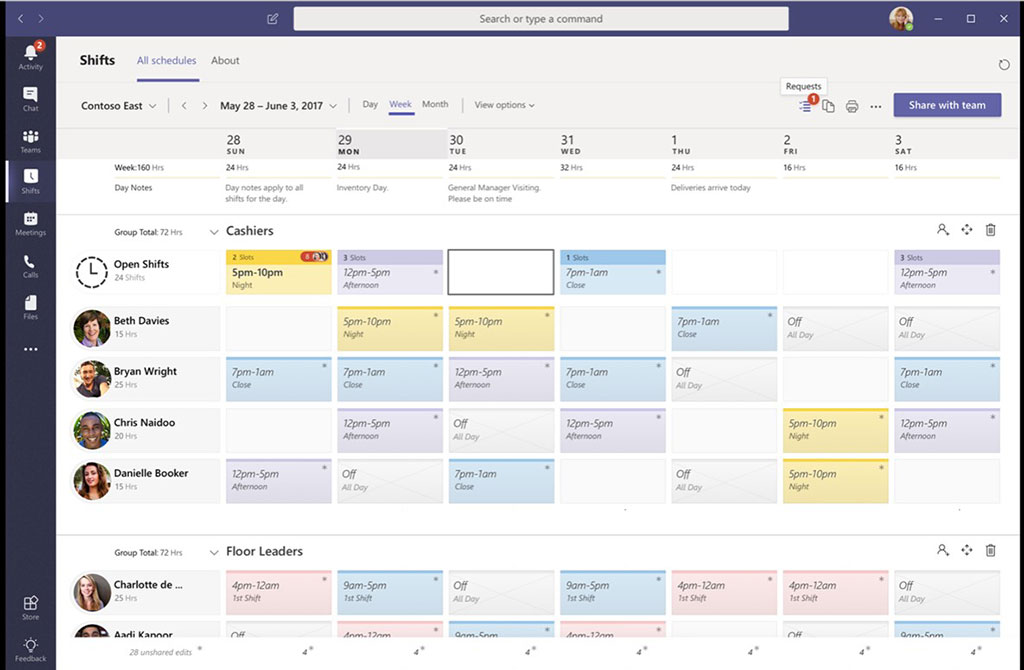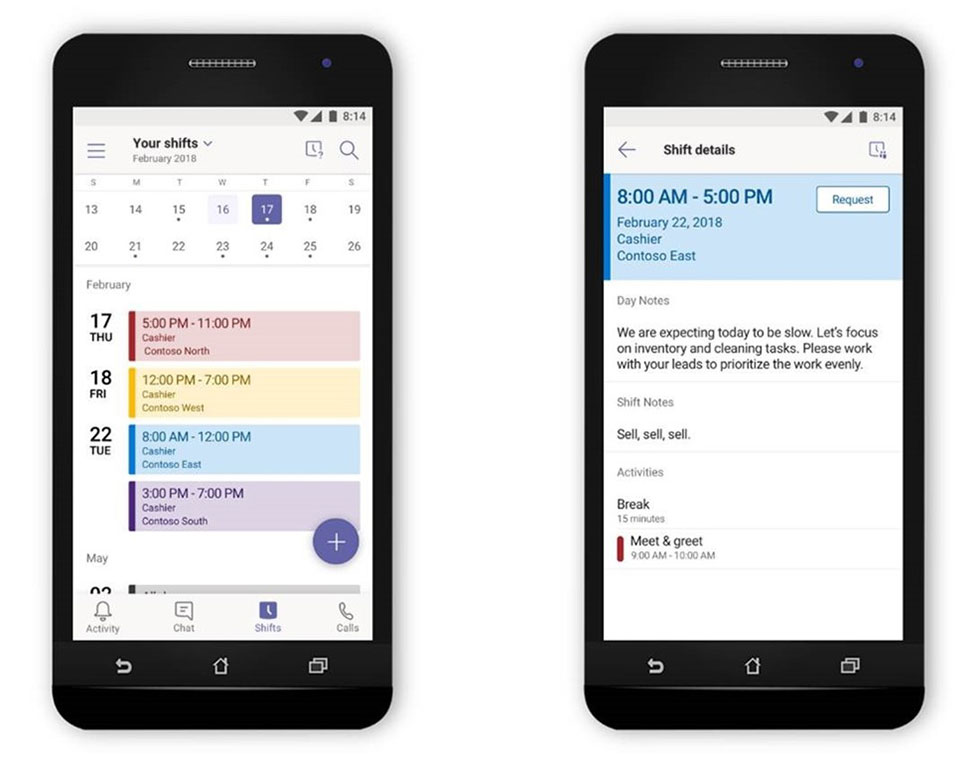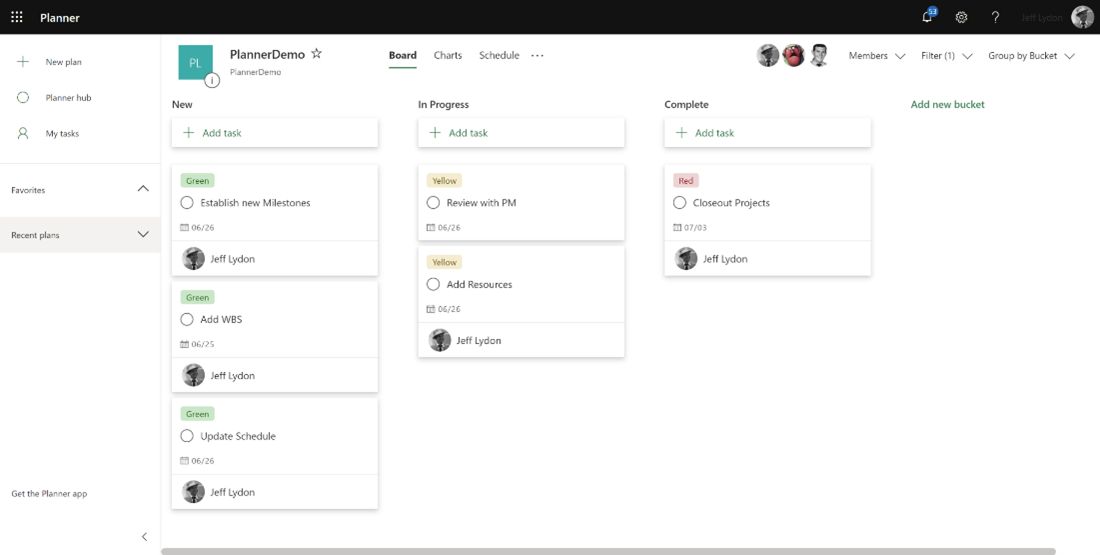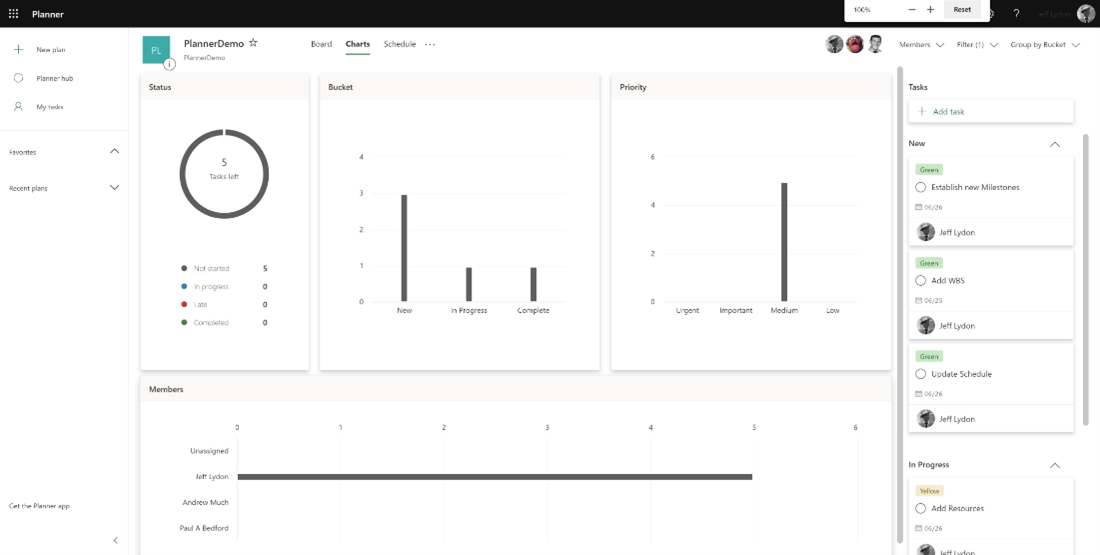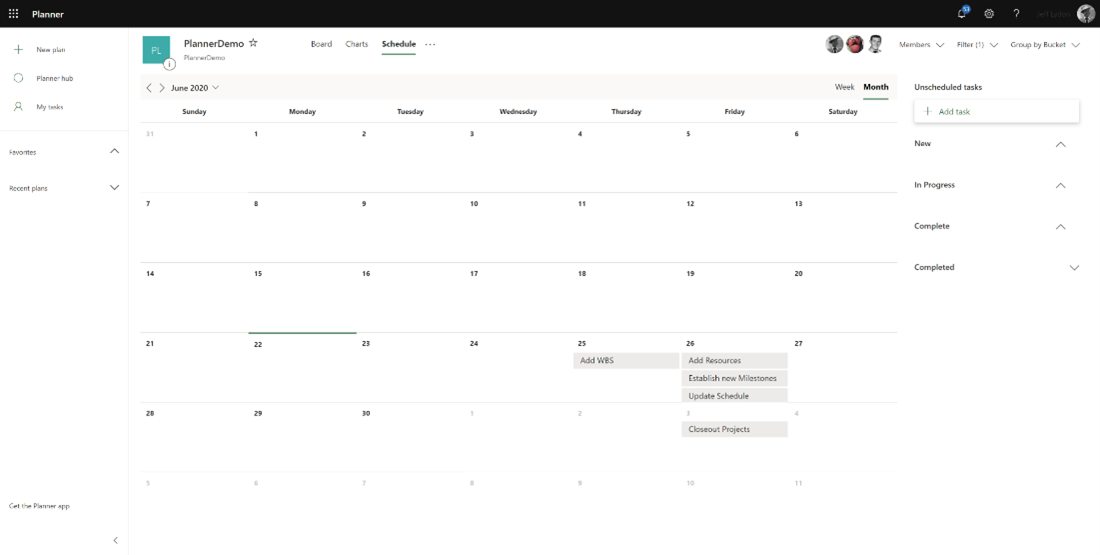Wouldn't it be great to get more of your project management workflow done in Microsoft Outlook and Teams without needing to log into other enterprise systems? Adaptive Cards technology enables you to do just that by providing an open, lightweight, and flexible framework to integrate user experiences into other applications, including Outlook, Teams, and more.
Technology is changing at a fever clip, and construction organizations are having to adapt to survive. Owners, contractors, and construction management organizations are all scrambling to implement the latest whiz-bang IT solution for managing their projects. Unfortunately, project managers and users are often left having to learn and navigate many different systems and processes on top of just trying to do their job. So how can you move the technology forward without leaving your team in the technology wake?
Adaptive Cards are a JSON-based and platform-agnostic way to deliver app data into a native UI. We use it to extend the functionality of Construction Viz, our turnkey construction project management solution, into Microsoft Outlook and Teams. With Construction Viz and Adaptive Card technology, organizations can collect data from users via email (e.g., filling out an RFI or managing approvals) without requiring them to log into another system. We also leverage Adaptive Cards to enable Construction Viz users to share dashboards and reports via email or Teams, again without needing the recipient to log into any other system.
Check out our blog describing how Construction Viz takes advantage of Adaptive Cards. You can also learn more about Adaptive Cards here and here.
Adaptive Card approval embedded in Email from Construction Viz
Why Adaptive Cards matter for construction projects
The number and complexity of systems in construction will only continue to increase. Adaptive Cards take away the training, double-entry, errors, and inefficiencies that can come with multiple systems and new technologies. It allows your team to focus on what is essential for them to do their job and provide the data you need to manage your project's success.
So, no matter which systems house project-related data at your organization, you can flatten the IT learning curve by using Adaptive Cards to provide your end-users with a streamlined and simplified way to get their job done.
Learn how Adaptive Cards can streamline your projects
Find out more about our Adaptive Card technology by submitting a free consultation request. If you prefer a turnkey project management solution powered by Microsoft 365 and SharePoint, check out Construction Viz and our extensive lineup of construction apps.

